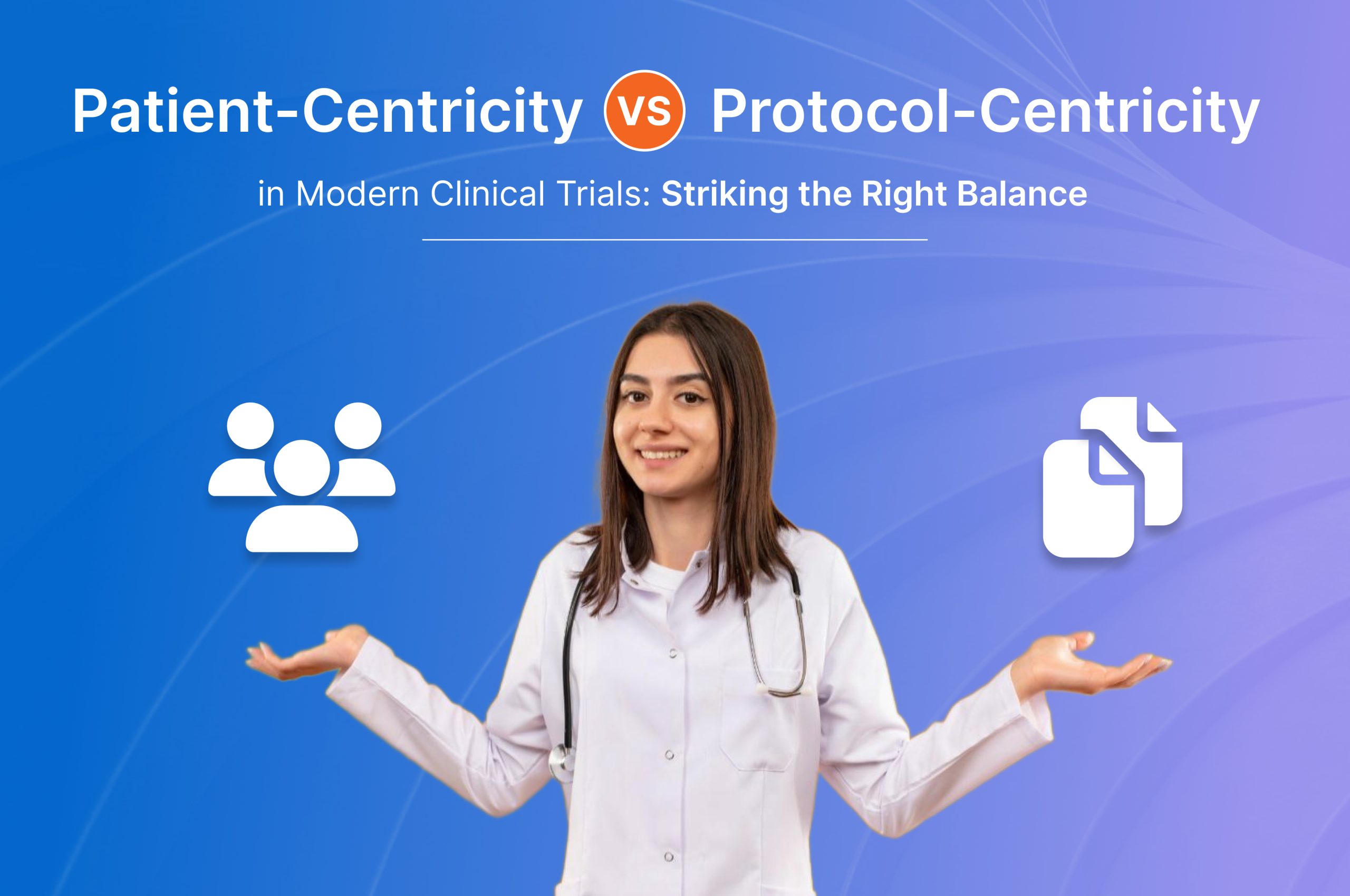Clinical trials are all about efficiency and accuracy. Among the most effective technologies implemented for management and efficiency in clinical trial processes are Interactive Response Technology (IRT) and Electronic Data Capture (EDC). These can be effectively integrated to ensure improved conduction of clinical trials, thereby maintaining data integrity, updated real-time data, and an overall efficient operational system. Read on as we discuss the integration of EDC and IRT systems: the role of each, how they benefit from being jointly applied, and best practices for implementing them successfully.
What are EDC and IRT Systems
- Electronic Data Capture (EDC):
These systems are used for collecting and managing clinical trial data electronically. These systems replace the conventional procedures for paper-based data collection, which are inefficient and error-prone.
EDC platforms enable real-time data entry, validation, and monitoring, therefore reducing the risk of errors that may occur and ensuring consistency in the data. They will further facilitate the smooth flow of information from clinical sites to study sponsors and regulatory authorities.
- Interactive Response Technology (IRT):
IRT systems are essential systems in clinical trials mainly used in randomization and drug supply control. These systems automatically randomize patients to ensure that subjects are allocated to treatment arms under pre-specified guidelines.
IRT serves as an inventory manager and distributor of investigational products while tracking drug dispensation to ensure adherence to the study protocols.
Benefits of IRT and EDC Integration
The streamlined processes in the integration of IRT and EDC systems yield an enormous amount of benefits to overall operation aspects in clinical trials, and these are the following:
- Improved Data Integrity:
The integration process will aid data transmission between two systems automatically; therefore eliminating errors of data entry and mismatches. This ensures that the data in the trial are accurate, reliable, and appropriate.
- Improved Patient Safety:
Real-time updates on data would ensure that all parameters of patient safety are well-monitored within time. Any adverse events or concerns of safety can be flagged off in time to address them, hence taking care of the well-being of the trial participants.
- Faster Trial Execution:
Integrated systems tend to optimize the process by reducing the time taken for data entry, monitoring, and reporting. This quickens the timelines of a trial and speeds up the decision-making process.
- Cost Savings:
Integration saves costs by reducing the number of manual interventions for data entry and lowering errors. It also reduces the need to reconcile or clean data—intuitively, such an activity involves cost savings.
- Better Collaboration:
In clinical trials, integration will help in better cooperation from stakeholders in the process, i.e., study sponsors, investigators, and regulatory authorities. All parties will have access to consistent and updated information to communicate or act upon it effectively.
IRT-EDC Integration Best Practices
Integrating IRT and EDC solutions is not a simple endeavor; it does require proper planning and execution. Best practices for a successful integration would include the following:
- Early Planning and Stakeholder Engagement
Initiate integration planning right from the trial design. Engage all stakeholders, including clinical trial sponsors, investigators, IT teams, and regulatory experts, to ensure that your integration will comply with the objectives of the clinical trial and regulatory requirements.
For example, select IRT and EDC vendors that are strong in integration capabilities. Examine the technical expertise of the vendor and its track record with previous implementations, and look at its support services to smoothen the vendor integration process.
- Data Mapping and Standardization:
Create clear protocols for data mapping and standardization. Run data validation rules and consistencies. Comprehensive Testing: Thoroughly test integrated systems before going live. This will cover functional, data, and performance testing specific to this course.
- Training and Support:
Extensive training of clinical trial personnel to handle the integrated systems. Support for solving any technical difficulties or user questions without any hassle.
- Monitoring and Optimization:
Uninterrupted monitoring of the integrated systems through the course of the trial to detect any potential issue or scope of improvement. Periodically, review and optimize the integration to ensure that it continues to meet the needs of the trial.
Conclusion
The combination of the IRT and EDC systems allows for far better conduction of clinical trials. Several of these benefits hence go a long way within the conduct of clinical trials as shown through increased data integrity, elevated operational efficiencies as well as enhanced regulatory compliance.
As the clinical trial landscape continues to expand, integrated technologies will assume even more importance as support for sponsors and investigators to deliver high-quality, efficient, and compliant clinical trials. The advent of IRT and EDC integration is no mere technological shift but a strategic imperative in conducting clinical trials seamlessly.
Want to know more about how Octalsoft can help with a fully integrated IRT and EDC system to expedite your next clinical trial? Book a demo with us today!



